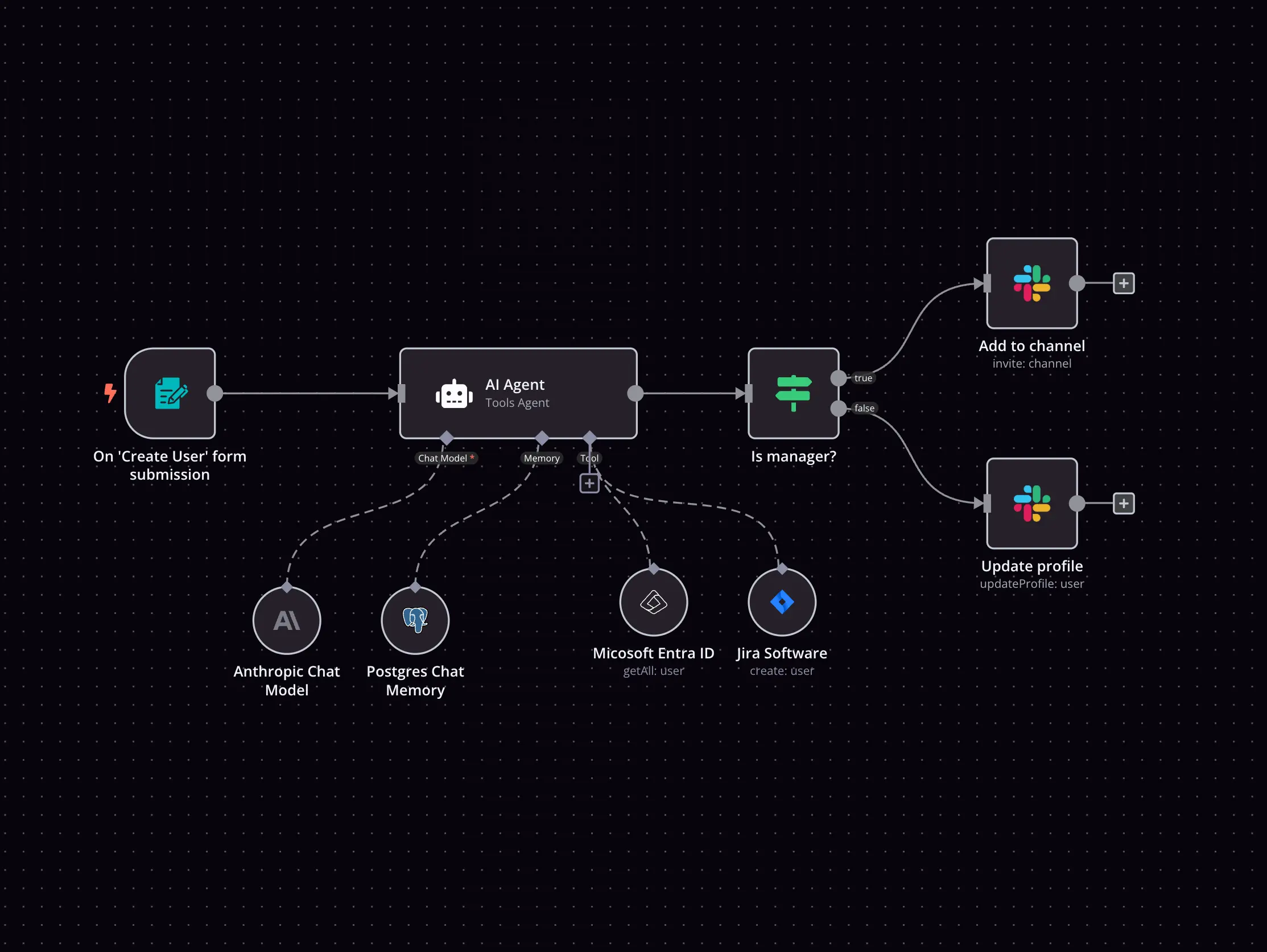Customer Messenger (n8n training) and Jenkins integration
How to connect Customer Messenger (n8n training) and Jenkins
Create a new workflow and add the first step
In n8n, click the "Add workflow" button in the Workflows tab to create a new workflow. Add the starting point – a trigger on when your workflow should run: an app event, a schedule, a webhook call, another workflow, an AI chat, or a manual trigger. Sometimes, the HTTP Request node might already serve as your starting point.
Build your own Customer Messenger (n8n training) and Jenkins integration
Create custom Customer Messenger (n8n training) and Jenkins workflows by choosing triggers and actions. Nodes come with global operations and settings, as well as app-specific parameters that can be configured. You can also use the HTTP Request node to query data from any app or service with a REST API.
Jenkins supported actions
Get Many
List Builds
Cancel Quiet Down
Cancel quiet down state
Quiet Down
Put Jenkins in quiet mode, no builds can be started, Jenkins is ready for shutdown
Restart
Restart Jenkins immediately on environments where it is possible
Safely Restart
Restart Jenkins once no jobs are running on environments where it is possible
Safely Shutdown
Shutdown once no jobs are running
Shutdown
Shutdown Jenkins immediately
Copy
Copy a specific job
Create
Create a new job
Trigger
Trigger a specific job
Trigger with Parameters
Trigger a specific job
Customer Messenger (n8n training) and Jenkins integration details
FAQ
Can Customer Messenger (n8n training) connect with Jenkins?
Can I use Customer Messenger (n8n training)’s API with n8n?
Can I use Jenkins’s API with n8n?
Is n8n secure for integrating Customer Messenger (n8n training) and Jenkins?
How to get started with Customer Messenger (n8n training) and Jenkins integration in n8n.io?
Looking to integrate Customer Messenger (n8n training) and Jenkins in your company?
The world's most popular workflow automation platform for technical teams including
Why use n8n to integrate Customer Messenger (n8n training) with Jenkins
Build complex workflows, really fast


